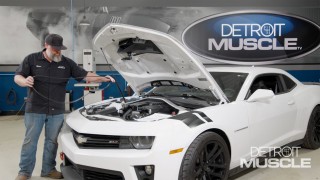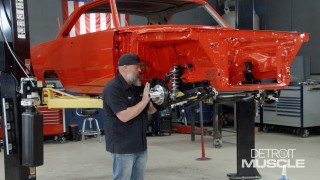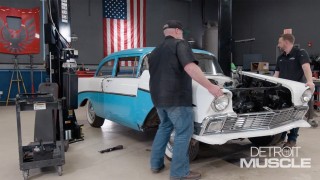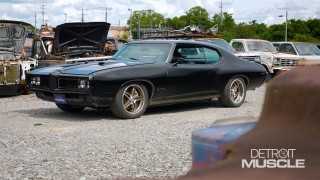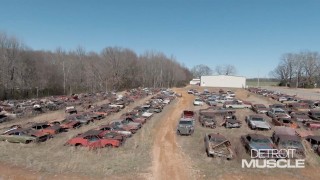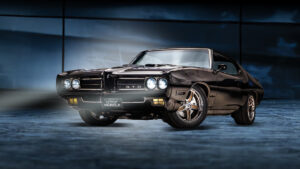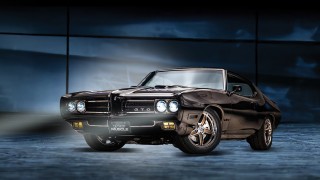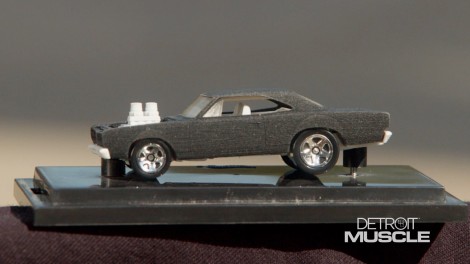
Honey, I Shrunk the Mopar
Road Burner is back and heating up the highway as Tommy and Joel hit the road for Holley’s MoParty. Before they leave, they have a surprise up their sleeve for you die-cast car fans. Things are about to heat up!
Season 10
Episode 18
Hosts: Tommy Boshers, Joel McMillan
First Air Date: November 6, 2023
Duration: 21 minutes 27 seconds

